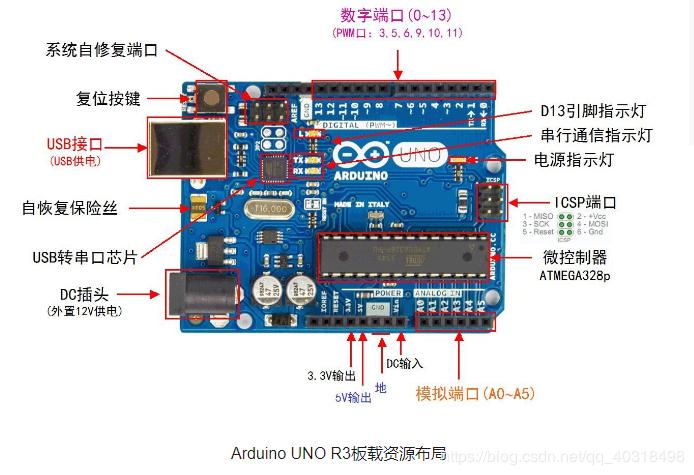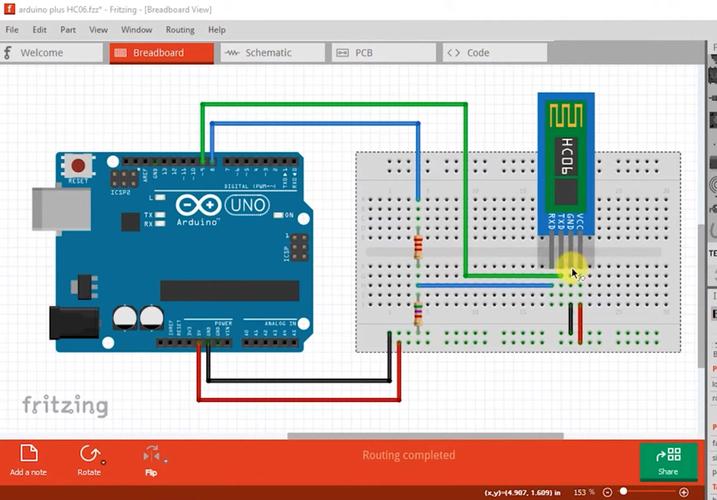
Understanding the Arduino ETH.h: A Comprehensive Guide
Are you looking to expand the capabilities of your Arduino project with Ethernet connectivity? If so, you’ve come to the right place. The ETH.h library is a powerful tool that allows you to add Ethernet functionality to your Arduino board. In this article, we’ll delve into the details of the ETH.h library, exploring its features, usage, and potential applications.
What is ETH.h?
The ETH.h library is a set of functions and classes that enable your Arduino to communicate over Ethernet. It provides a simple and straightforward API for sending and receiving data over the network, making it an excellent choice for projects that require Ethernet connectivity.

Features of ETH.h
Here are some of the key features of the ETH.h library:
-
Support for both TCP and UDP protocols
-
Easy-to-use API for sending and receiving data
-
Support for DHCP and static IP configurations

-
Network management functions, such as DNS resolution and ping
Setting Up ETH.h
Before you can start using the ETH.h library, you’ll need to set it up on your Arduino board. Here’s a step-by-step guide to help you get started:
-
Download the ETH.h library from the official Arduino website or GitHub repository.
-
Extract the downloaded file to a location on your computer.
-
Open your Arduino IDE and go to Sketch > Include Library > Manage Libraries.
-
Search for “ETH” in the library manager and install the ETH.h library.
-
Restart the Arduino IDE to ensure the library is properly installed.
Using ETH.h
Once you have the ETH.h library installed, you can start using it in your Arduino projects. Here’s a basic example of how to use the library to send and receive data over Ethernet:
include <SPI.h>include <Ethernet.h>byte mac[] = { 0x90, 0xA2, 0xDA, 0x0D, 0x00, 0x00 };byte ip[] = { 192, 168, 1, 177 };byte gateway[] = { 192, 168, 1, 1 };byte subnet[] = { 255, 255, 255, 0 };EthernetClient client;void setup() { Serial.begin(9600); Ethernet.begin(mac, ip, gateway, subnet); if (client.connect("192.168.1.177", 80)) { Serial.println("Connected to server"); client.println("GET / HTTP/1.1"); client.println("Host: 192.168.1.177"); client.println("Connection: close"); client.println(); } else { Serial.println("Connection failed"); }}void loop() { if (client.available()) { char c = client.read(); Serial.print(c); } if (!client.connected()) { Serial.println(); Serial.println("Disconnected from server"); client.stop(); }}Applications of ETH.h
The ETH.h library can be used in a wide range of applications, including:
-
Home automation systems
-
Remote monitoring and control
-
IoT projects
-
Networked sensors and actuators
Conclusion
The ETH.h library is a valuable addition to the Arduino ecosystem, providing a simple and effective way to add Ethernet connectivity to your projects. With its easy-to-use API and wide range of features, ETH.h is an excellent choice for any project that requires network communication.
Table: ETH.h Library Features
| Feature | Description |
|---|---|
| Support for TCP and UDP protocols | ETH.h supports both TCP and UDP protocols, allowing you to choose the appropriate protocol for your application. |




